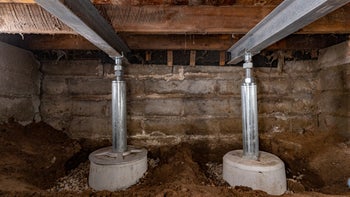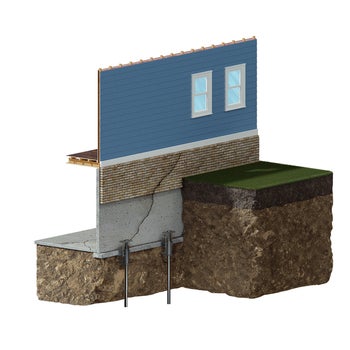Crawl Space Jacks: What Homeowners Need To Know
Table of Contents
1. What Is A Crawl Space?
2. What Causes Floors Above Crawl Spaces To Sag?
3. What Are Crawl Space Jacks?
4. What’s The Difference Between Crawl Space Jacks And Screw Jacks?
5. How Are Crawl Space Jacks Installed?
6. Signs You Might Need Crawl Space Jacks
7. How To Prevent Foundation Trouble
8. Discover Crawl Space Jacks with Bay Area Underpinning
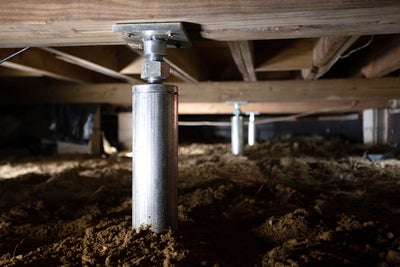
Looking for information about crawl space jacks?
If so, you’ve landed on the right page. Your home’s living area sits atop the crawl space’s beams, piers, and joists. If they’re not in top condition, the structural integrity of your home could be in danger.
In this article, we’re going to go over what causes the floors above crawl spaces to become uneven, sag, or even feel bouncy, how crawl space screw jacks can help, how they’re installed, and more.
What Is A Crawl Space?
If you have a crawl space foundation, the crawl space is an area under the home that’s anywhere from 1-3 feet high. This is just enough room to crawl around in, which is why this area is referred to as the crawl space. Crawl space foundations are popular with homeowners because they provide easy access to the home’s plumbing, wiring, and air conditioning systems. Piers, girders (also called beams), and joists are the wooden structures that make up a crawl space.
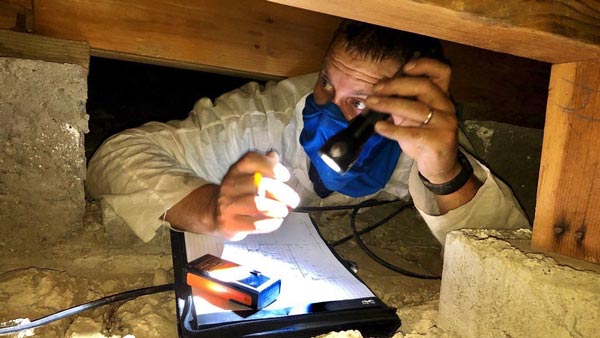
What Causes Floors Above Crawl Spaces To Sag?
When the floor above a crawl space starts to sag, it could mean something is wrong with the support piers, or perhaps the original build of screw jacks are starting to fail and corrode in the crawl space. The most common reasons for a sagging crawl space include the following:
- Settled support piers – If the support piers in the crawl space settle into the soil, they will no longer be vertical. Settlement happens because the soil is weak for some reason. Often, the problem is related to poor drainage that produces soft soil.
- Expansive soil – which swells when it absorbs moisture and shrinks when it dries out – can also be a factor because the swelling-shrinking process creates movement in the soil, thus making the above experience movement or sloping.
- Deteriorated screw jacks – If the existing crawl space jacks aren’t protected from corrosion, moisture in the crawl space can cause them to deteriorate and fail to support the flooring.
- Not enough support piers – Sometimes, a contractor fails to put enough support piers in the crawl space.
- Wood rot – Wood rot can eat away at the wooden structures in the crawl space and eventually cause it to sag.
Check out a Foundation Inspection on a home with a crawl space foundation!
For more information, see Crawl Space Beam, Girder and Joist Problems: How to Repair.
What Are Crawl Space Jacks?
Crawl space jacks are a common repair solution designed to lift sagging crawl spaces. They’re strong, adjustable (in case of further settlement), and come in various sizes and weight capacities.
What’s The Difference Between Crawl Space Jacks And Screw Jacks?
There is no difference. They’re just different terms for the same thing. Some contractors will refer to them as crawl space jacks and others as screw jacks. Here at Bay Area Underpinning, we call them screw jacks and offer galvanized heavy-duty, high-capacity, and low-capacity types.
How Are Crawl Space Jacks Installed?

We usually use the existing pier blocks because they’re often in good condition. We remove the existing pier/post – or the existing crawl space jack, if deteriorated – and replace it with a new crawl space jack. After all the new crawl space jacks are in place, we adjust the floor to level using a zip level. Installation is quick, and the crawl space jacks can be adjusted if there’s further settlement.
Signs You Might Need Crawl Space Jacks
Signs you might need crawl space jacks include, but aren’t limited to, the following:
- Your floor is sagging, uneven, or warped
- The floor feels spongy when you walk on it
- The floor squeaks
- Furniture shakes when you walk by
- There are cracks in your walls
- Your baseboards are moldy

If you see any of the above or anything else that seems suspicious, contact an experienced foundation repair contractor immediately and schedule a foundation inspection.
How To Prevent Foundation Trouble
Believe it or not, most foundation problems are caused by excess moisture in the ground around the foundation. Therefore, you can go a long way toward preventing foundation trouble by simply controlling groundwater around your home. Here are some ways to do that:
- Don’t plant water-hungry flowers, shrubs, and trees next to the foundation. When you water them, you’ll just be adding water to the ground around the foundation, and this is what you’re trying to avoid.
- Clean your gutters regularly so dead leaves and other debris don’t cause water to spill over the side of your home and soak into the ground around the foundation.
- If necessary, install downspout extensions so that runoff is carried at least four feet away from the foundation before being released.
- Install an underground downspout and pop-up emitter. Runoff flows into the underground downspout and toward the pop-up emitter in your yard. When the pop-up emitter is empty, it sits flush with the ground and is barely visible. When it fills, it pops up and releases the water away from the foundation.
- Install a drain tile system, a gold standard when it comes to foundation waterproofing. A drain tile system will keep your foundation dry by preventing water from building up in the ground around the foundation. There are exterior and interior drain tile systems, and both can be installed in existing homes.
Discover Crawl Space Jacks with Bay Area Underpinning
Understanding the intricacies of crawl space jacks is essential for any homeowner looking to maintain the integrity and stability of their home’s foundation.
While the information provided here offers a solid groundwork, nothing compares to the expertise and precision of a professional assessment and installation. Instead of navigating this complex terrain alone, we highly recommend consulting with a reputable company like Bay Area Underpinning.
With years of experience and a dedication to excellence, our team can ensure that your crawl space supports are correctly installed and functioning optimally.
Don’t leave the health of your home to chance; book a free inspection with Bay Area Underpinning today and take the first step towards a safer, more secure foundation.
More Resources
Publish Date:
Last Modified Date:
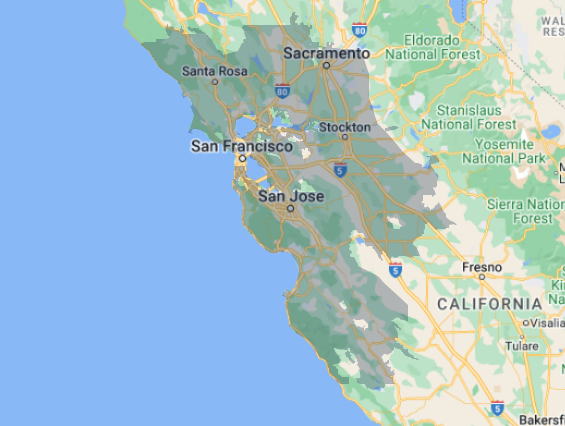
Our Locations
2333 Courage Dr. Suite C
Fairfield, CA 94533
1161 N Fair Oaks Ave
Sunnyvale, CA 94089


